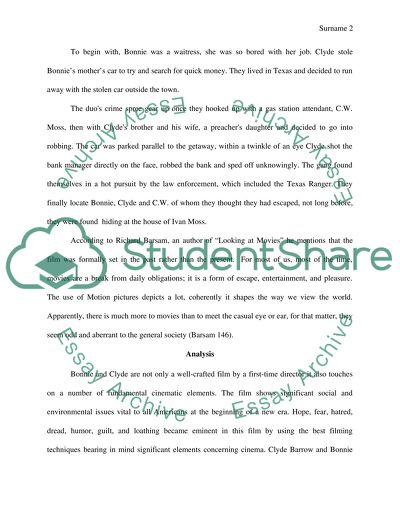Cite this document
(“Movie analysis of Bonnie and Clyde (1967) Essay”, n.d.)
Retrieved from https://studentshare.org/visual-arts-film-studies/1489931-movie-analysis-of-bonnie-and-clyde
Retrieved from https://studentshare.org/visual-arts-film-studies/1489931-movie-analysis-of-bonnie-and-clyde
(Movie Analysis of Bonnie and Clyde (1967) Essay)
https://studentshare.org/visual-arts-film-studies/1489931-movie-analysis-of-bonnie-and-clyde.
https://studentshare.org/visual-arts-film-studies/1489931-movie-analysis-of-bonnie-and-clyde.
“Movie Analysis of Bonnie and Clyde (1967) Essay”, n.d. https://studentshare.org/visual-arts-film-studies/1489931-movie-analysis-of-bonnie-and-clyde.


